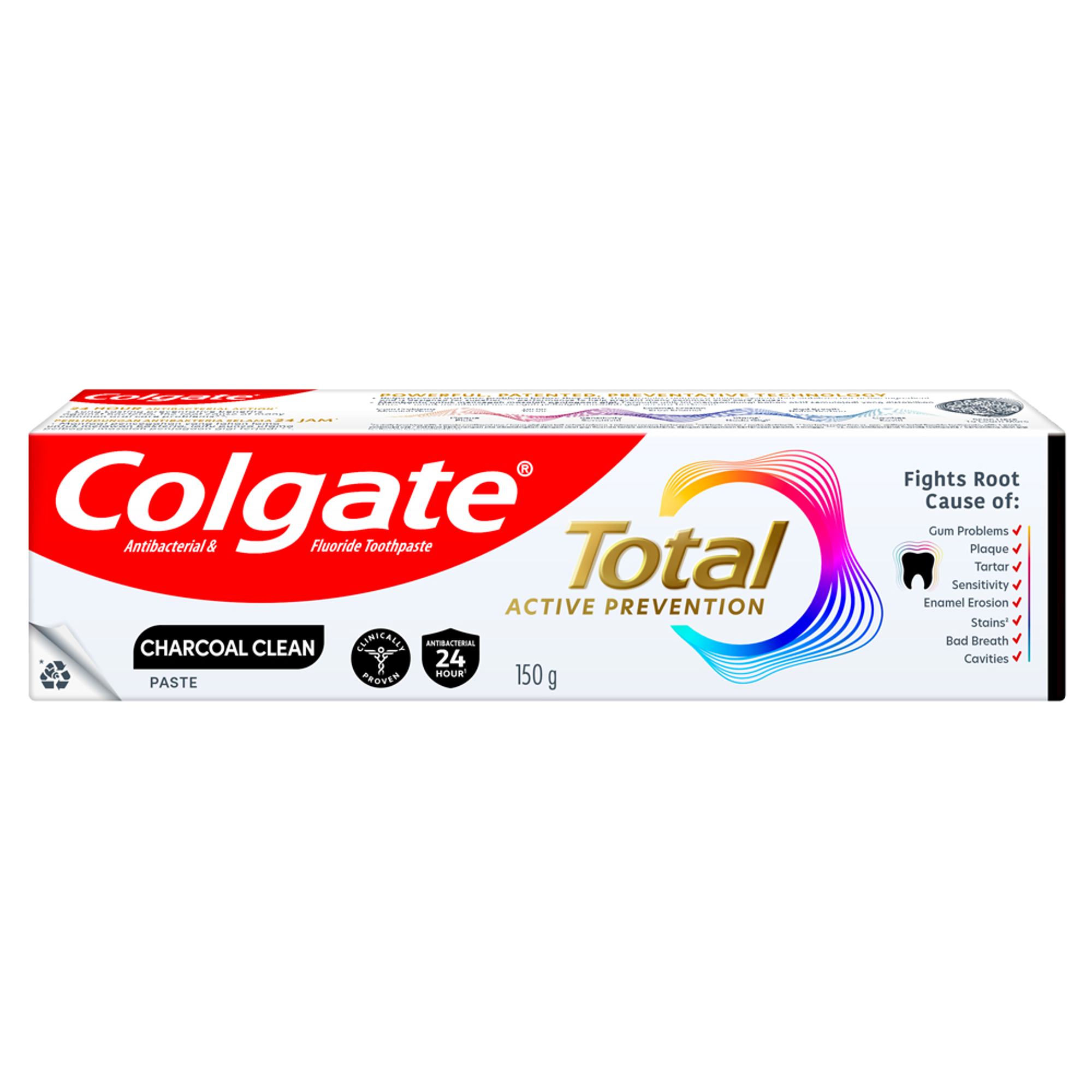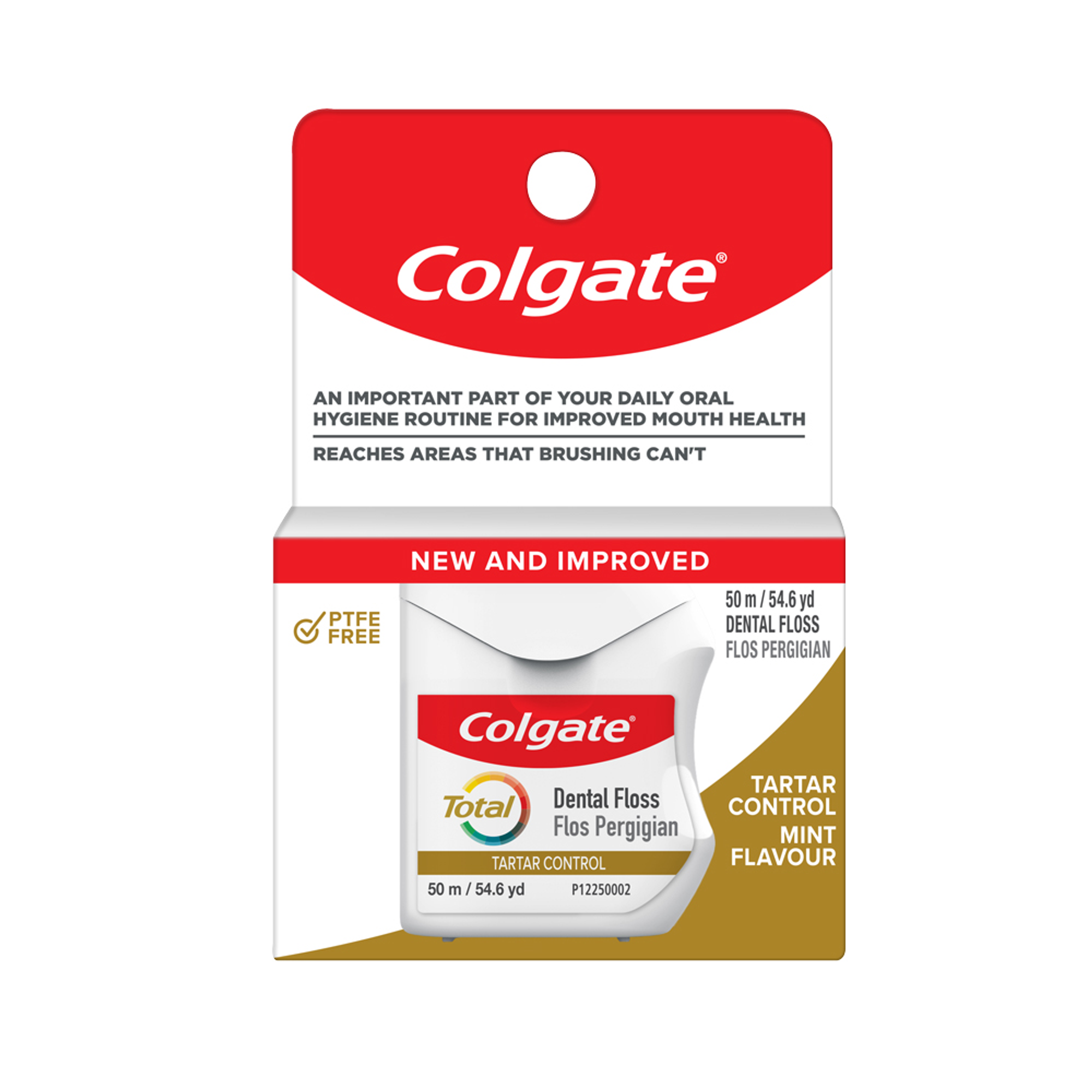Read on to understand gingivitis, its causes and common symptoms. Learn how it is diagnosed and the various treatment options you can consider. Discover useful tips to prevent this condition and keep your gums healthy.
What is Gingivitis?
Gingivitis is an inflammation of the gum tissue (gingiva) around the teeth. It is mostly a result of bacterial infection. Being an early form of gum disease, it shows mild symptoms and is usually painless. Hence, an individual with this condition may likely overlook it. This stage of gum disease does not involve bone loss or serious damage to the gum tissues. With good oral hygiene and the help of a dentist, you can reverse it. Timely intervention not only stops the infection from progressing, it also restores your gum health.
Left untreated, the infection progresses, leading to periodontal disease which causes serious implications. It damages the supporting jaw bones and gum tissues. The gums recede from the teeth, causing the teeth to shift position. This can lead to loose teeth and eventually, tooth loss. Identifying and treating gum disease in its early stages is crucial to avoid these consequences.
What Causes Gingivitis?
Understanding what causes gingivitis can help you manage this oral health concern effectively. Various oral and non-oral factors can make one more susceptible to gum problems. They include poor oral hygiene, hormonal changes and nutritional deficiencies. Poor dental hygiene, which promotes plaque and tartar buildup, is the most common culprit. Dental plaque is a sticky, colourless film of harmful bacteria and food debris. It forms on the teeth’s surface and along the gumline, especially following a meal.
If not removed by daily brushing and flossing, plaque accumulates and hardens to tartar, which only a dentist can remove. Tartar builds up at the base of the teeth, irritating the gums. It allows more plaque to stick on, causing more irritation to the gum tissue and leading to gingivitis. While most dental gingivitis is plaque-induced, there are other risk factors that can contribute to gum disease. These include:
Hormonal changes in expecting mothers and those hitting puberty or menopause
Deficiency of nutrients like Vitamin C
Lifestyle habits like smoking and chewing tobacco
Poorly controlled health conditions like diabetes
Use of certain medicines (such as calcium channel blockers for blood pressure)
Ill-fitting dental appliances like dentures or improper repair works like fillings
Misaligned or crooked teeth
Common Symptoms of Gingivitis
How can you tell if you have gum problems? Early-stage gum disease symptoms can be hard to notice and pain is not one of them. Sometimes, the condition may not show any symptoms at all. This signifies regular visits to a dental hygienist for check-ups and dental cleanings. They help catch the early signs of gingivitis and treat them right at the start. Knowing the common signs lets you manage the problem and seek the help of a dentist promptly.
If you are wondering what are the symptoms of gingivitis, you may watch out for the following:
Bleeding gums when flossing or brushing
Swollen, puffy or soft gums
Occasional tenderness and sensitivity of gums
The gum colour turns darker than usual
Bad breath and a bad taste in the mouth
Receding gums, loose teeth (as the gum infection progresses)
How to Diagnose Gingivitis
Diagnosis of gingivitis is straightforward and requires you to visit a dentist. Early detection is key to reversing the problem, which makes regular dental check-ups crucial. A typical diagnosis includes the following:
Visual examination: Your dentist checks for signs like red, swollen or bleeding gums.
Measure gum pockets: A small tool called a probe is used to measure the depth of the space between teeth and gums. Deeper gum pockets can indicate gum disease.
Assess plaque and tartar: The dentist evaluates the deposits of plaque and tartar on teeth and along the gumline. Thicker and severe deposits can imply gum disease.
Use dental X-rays: If severe gum disease is suspected, X-ray images of the teeth and mouth can be helpful. They indicate whether there is bone loss and damage from gum disease.
Review medical history: The dentist may assess your oral care habits and lifestyle. They may look for medical conditions that contribute to the problem.
Gingivitis Treatment
Gingivitis treatment aims to reduce the infection and swelling. With timely intervention, you can reverse the condition and prevent complications that can otherwise arise. These include periodontal disease, gum recession, and loose teeth. If you are wondering how to treat gingivitis, improving oral hygiene is the first step you should take. You can opt for professional treatment, which includes dental cleaning and medications. For severe or persistent gum disease, surgical treatments like gingivectomy may be suggested. Here are the various gingivitis treatment options you can consider:
Dental Cleaning
Dental professionals offer professional cleaning, which removes plaque, bacteria, and tartar deposits from the oral cavity. This helps treat and reverse gingivitis in the early stages. If the condition has progressed, showing early signs of periodontal disease, a periodontist may perform deep cleaning. It involves techniques such as scaling and root planing. Scaling removes plaque and tartar deposits from below the gumline. Root planing smoothes the tooth root surfaces, allowing the gums to heal and re-attach.
Home Care
Following proper oral healthcare habits at home is a prerequisite for healthy gums. Managing health conditions to reduce the risk of gingivitis is also essential. Though home remedies can be tempting, they lack enough scientific proof for efficiency and can be potentially harmful. If you are wondering how to reduce gingivitis effectively, it is best to consult a dental professional. Yet, many consider some home care tips for temporary relief before a dental appointment, such as:
Saltwater rinses
Turmeric paste or aloe vera gel
Coconut oil pulling
Use of chamomile, sage or lemongrass
Medications
While considering how to cure gingivitis, some medications play a crucial role in reducing infection and promoting healing. Dentists often recommend antibiotic gels for topical application or antibiotic pills or capsules for oral intake. They may also suggest an antiseptic mouthwash. It helps reduce harmful bacteria in the oral cavity and supports healing. Pain relievers help in severe cases like trench mouth (painful ulceration of gums).
Oral Hygiene
Maintaining good oral hygiene is vital to treat gingivitis. It includes regular brushing, flossing, and rinsing with mouthwash. Brush your teeth twice daily using a fluoride toothpaste and a soft toothbrush. Use the right brushing techniques and gently cleanse the gumlines. Remove plaque between teeth using dental floss once daily. Use an antibacterial mouth rinse to control bacteria. Schedule regular dental visits to address the early signs. If you are wondering how long to reverse gingivitis, it usually takes a week or two with good dental care in the early stages.
How to Prevent Gingivitis
Knowing how to prevent gingivitis includes a few simple steps. Regular dental care and check-ups are key. Choosing a healthy diet and lifestyle, and managing health conditions are also important. Fixing or replacing dental appliances that do not fit well helps prevent other risk factors. Here are some effective ways to prevent gingivitis and maintain dental health:
Brush your teeth twice daily using fluoride toothpaste and a soft toothbrush.
Floss once daily to clean between teeth.
Use a prescription-strength mouth rinse to prevent bacterial infections.
Schedule regular dental check-ups every six months.
Opt for a healthy, nutritional diet to avoid deficiencies.
Quit smoking and tobacco use.
Manage underlying health conditions to reduce risk factors.
Gingivitis is a common yet treatable condition that you can manage easily with proper dental care and timely intervention. Good oral hygiene and regular dental checkups can prevent and reverse the condition. Maintaining a healthy lifestyle and addressing the risk factors also help. Treating the early signs can save you from more serious gum disease in the future. With a proactive approach, you can keep your gums healthy for a brighter smile.
H2: Frequently Asked Questions
What bacteria causes gingivitis?
Gum infection is mainly caused by bacterial plaque deposits along or below the gumline. Several different types of bacteria are strongly associated with gingivitis. These include species of Streptococcus, Porphyromonas gingivalis, Actinomyces, Fusobacterium and Treponema.
How to prevent gingivitis naturally?
To prevent gingivitis naturally, maintaining good oral hygiene is crucial. Daily brushing, flossing, rinsing and regular dental check-ups are important. Choosing a healthy diet and lifestyle, and taking care of health conditions help reduce the risk factors.
How to make gingivitis go away?
Practising good oral hygiene is crucial to make gingivitis go away. A dentist can offer professional cleaning to remove plaque and tartar buildup, and reverse the early signs of gum problems. Managing health conditions, choosing a balanced diet, and avoiding tobacco use support the cure.
What toothpaste is best for gingivitis?
Gingivitis is mainly caused by plaque bacteria. Hence, using fluoride toothpaste helps resist plaque build-up and infection. Look for an antibacterial formula for added protection. Consult a dentist to find what works best for you.














